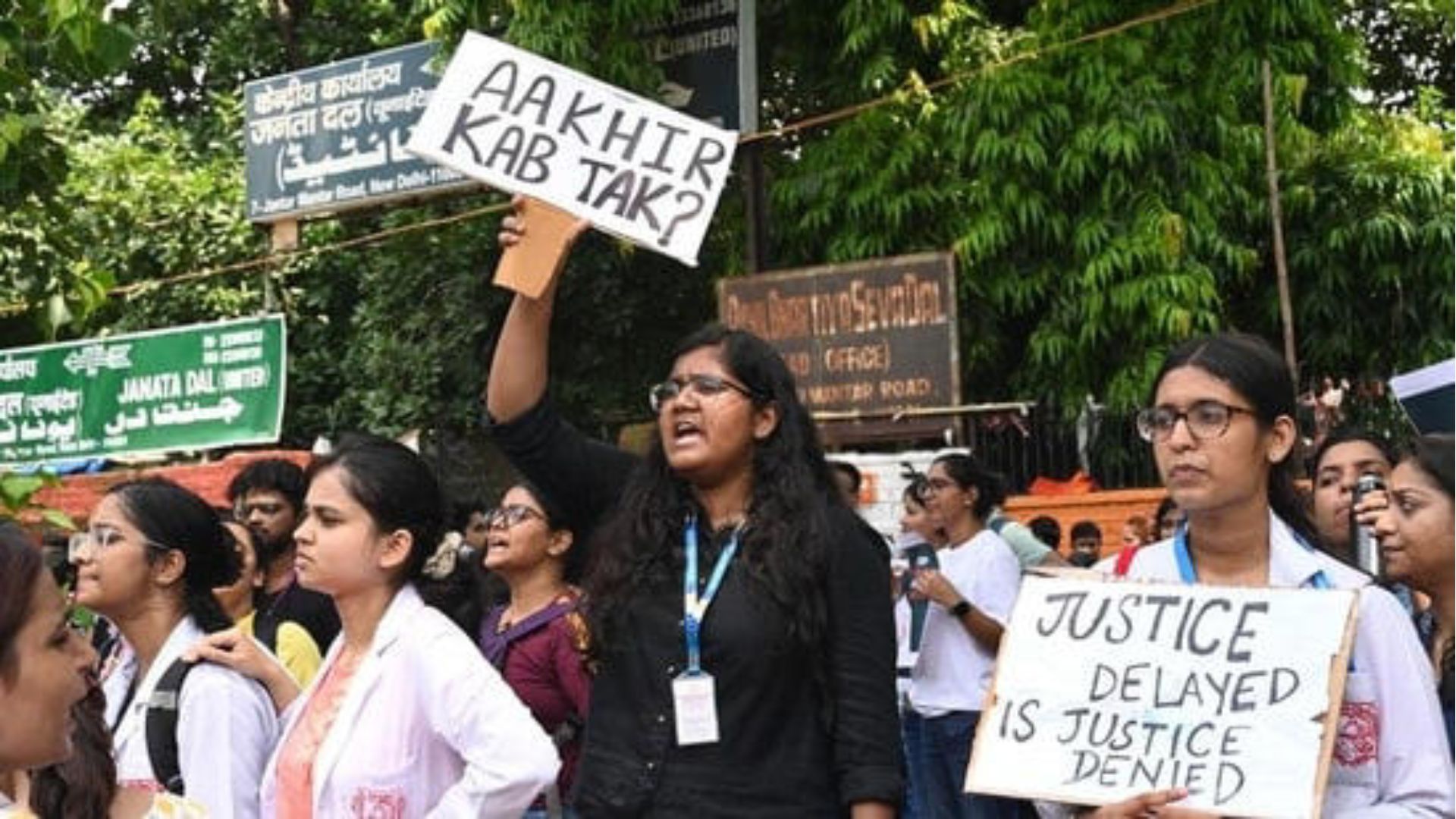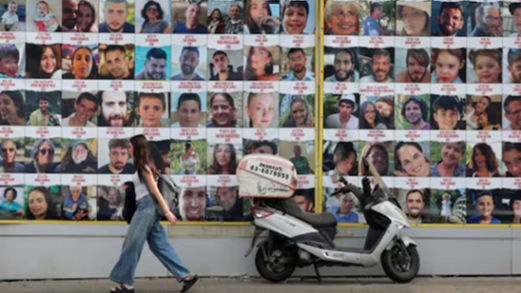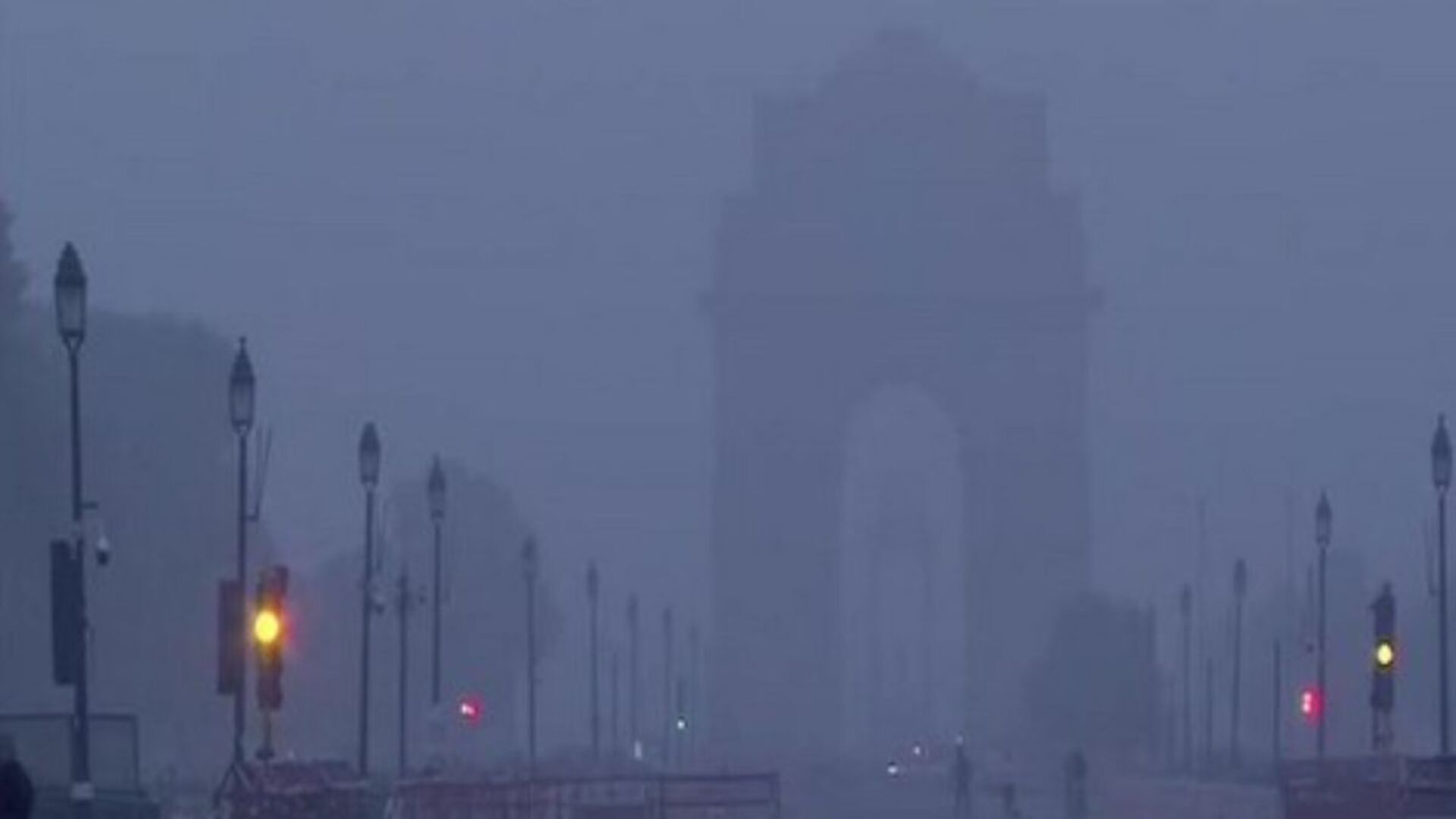“Silence gendered violence is woven intricately into the Indian social group; it is only fair to implement social awareness campaigns to assist raise awareness at the grass-root level.” When a criminal offence is committed it is wrong against humanity at large. Every crime against an individual demonstrates the state’s failure to recognize, protect and fulfill its citizen’s human rights. Among one such crime is “Rape”. It is a deep-entrenched social blight. Rape is considered to be, one of the foremost flagitious crimes towards the individual and its individuality.
The brutal rape and murder of a Post-Graduate Trainee Doctor at Kolkata’s RG Kar Medical College has once again highlighted issues surrounding violence against women, the role of the legal system, and societal attitudes. Despite Chief Minister Mamata Banerjee’s repeated assertions that West Bengal is the safest state for women, this horrific crime exposes the administration’s blatant incompetence and disregard for women’s safety. Mamata Banerjee’s political rhetoric is meaningless when women in Kolkata continue to live in fear, exposed to violence and exploitation. The state’s safety measures are a cruel joke, fostering a culture of impunity where criminals walk free and victims suffer in silence. Enough with the empty promises—what Bengal needs is real action. The state government must overhaul its approach to women’s safety, from enforcing stringent law enforcement to providing a robust support system for victims.
This tragedy cannot become another statistic in India’s grim record of gender-based violence. The public demands justice, not just for this victim, but for a safer future for all women. The question remains: will the government act decisively, or will it continue to fail its people? The clock is ticking.
Crimes of this brutality—especially those involving rape—are not isolated incidents in India. In 2022, the National Crime Records Bureau (NCRB) reported an average of 90 rapes per day. However, authorities acknowledge that the actual number could be much higher, as many rapes go unreported due to societal taboos. Unofficial estimates suggest that over 100 rapes occur daily in India, with a staggering 80% of them classified as brutal. Despite the shocking frequency of such attacks, society and the state have failed to address the root causes effectively.
The 1973 case of Aruna Shanbaug was a grim precursor to today’s epidemic of violence against women. After being raped and left for dead by a ward boy, she remained in a coma for 43 years, lovingly cared for by her colleagues. Her assailant, however, served only seven years in jail. Aruna’s case remained in the media spotlight for decades, yet no sweeping reforms were made to improve the safety of female medical staff. Hospitals like RG Kar Medical College continue to lack basic security protocols, leaving women vulnerable to heinous acts of violence.
Despite the public outcry that followed Aruna’s case, and the more recent protests in Kolkata, most state-run hospitals have not implemented adequate safety measures. The issue of relying on “civic volunteers” instead of trained security personnel has long been a problem in government-run hospitals. These volunteers are often paid meager wages and supplement their income through unofficial means. Many have political affiliations, which give them a degree of immunity from disciplinary action.
Nirbhaya Case Led to Major Reforms
After the equally brutal rape and fatal assault of a 22-year-old physiotherapy intern (called Nirbhaya to conceal her name as mandated by law) that occurred on December 16, 2012, in New Delhi, there were calls for reform in existing laws to deal with such a heinous crime. It did lead to changes in the law but after twelve years, the conclusion remains that the law changed, but much remained the same. Following the Nirbhaya case, the United Progressive Alliance (UPA) government constituted a committee headed by Justice JS Verma, former Chief Justice of the Supreme Court to recommend amendments to the Criminal Law to ensure quicker trial and enhanced punishment for criminals accused of committing sexual assault against women.
The committee made some pathbreaking recommendations, some of them were accepted and some were rejected. Considering the committee’s recommendations ‘The Criminal Law (Amendment), Act 2013’ was enacted for effective deterrence against sexual offences. The major changes in the law dealing with sexual offences included expanding the ambit of rape by incorporating new offences such as stalking, acid attacks, and voyeurism into its definition. The mere threat of rape was recognized as a criminal act, subjecting the perpetrator to legal action.
Some of the major changes that the 2013 amendment brought were: Section 166A was inserted after the amendment to make the authorities, like public servants or hospital authorities, liable if they failed to discharge their duties against the victims of the crime.
The newly enacted Bharatiya Nyaya Sanhita (BNS), 2023 which has replaced the Indian Penal Code (IPC) in its section 199 says “Whoever, being a public servant fails to record any information given to him under sub-section (1) of section 173 of the Bharatiya Nagarik Suraksha Sanhita, 2023 in relation to a cognizable offence punishable under section 64, section 65, section 66, section 67, section 68, section 70, section 71, section 74, section 76, section 77, section 79, section 124, section 143 or section 144 shall be punished with rigorous imprisonment for a term which shall not be less than six months but which may extend to two years, and shall also be liable to fine.”
Loopholes in Existing Legislation
The criminal justice system in India is plagued by delays, resulting in prolonged trials. Despite the establishment of fast-track courts post-Nirbhaya, the pace of justice remains sluggish. According to the National Crime Records Bureau (NCRB), the conviction rate for rape cases in India is dismally low. This delay and uncertainty in delivering justice emboldens perpetrators and deters victims from coming forward Secondly, Laws are only as effective as their implementation. The Criminal Law (Amendment) Act, 2013, introduced several provisions to deter sexual violence, including the death penalty for repeat offenders. However, the enforcement of these laws is often inconsistent. Police apathy, lack of sensitivity, and corruption further hinder effective implementation. Thirdly, while legal provisions exist to protect and support victims of sexual violence, the actual support system is often lacking. Victims frequently face societal stigma, lack of proper medical and psychological support, and inadequate witness protection programs. This systemic failure discourages many from reporting crimes. Fourthly, deep-rooted patriarchal attitudes and victim-blaming culture continue to persist in Indian society. These attitudes not only perpetuate violence against women but also create an environment where victims are discouraged from seeking justice.
Proposals for Stringent Measures and Enhanced Safety
Strengthening Fast-Track Courts: Fast-track courts should be empowered and adequately staffed to ensure speedy trials and timely justice. Cases of sexual violence should be prioritized to deliver swift justice. Measures should be taken to improve the quality of investigation and evidence collection. Police training programs should emphasize forensic evidence collection, victim support, and sensitivity. Regular audits of police stations and judicial processes should be conducted to ensure compliance with laws. Non-compliance should result in stringent penalties for the responsible authorities. Establishing accountability mechanisms for law enforcement agencies to ensure they are fulfilling their duties in investigating and prosecuting sexual violence cases. The Government and Civic Society should establish a robust support system, including free legal aid, medical care, and psychological counselling for victims of sexual violence. The Government should create a Witness Protection Programs, where in strengthening witness protection programs will ensure the safety and security of victims and witnesses during the trial process. The Civic Society including the NGOs should create a nationwide education and awareness campaigns to change societal attitudes towards sexual violence and promote gender equality and encourage community involvement in supporting victims and creating safe environments for women through local initiatives and watchdog committees. The use of safety apps and 24/7 helplines for women in distress would help. These technologies should be integrated with law enforcement agencies for prompt response. Installing surveillance cameras in high-risk areas and ensuring adequate street lighting to deter potential offenders.
The writer is an Associate Professor in Seedling School of Law and Governance, Jaipur National University, Jaipur.







